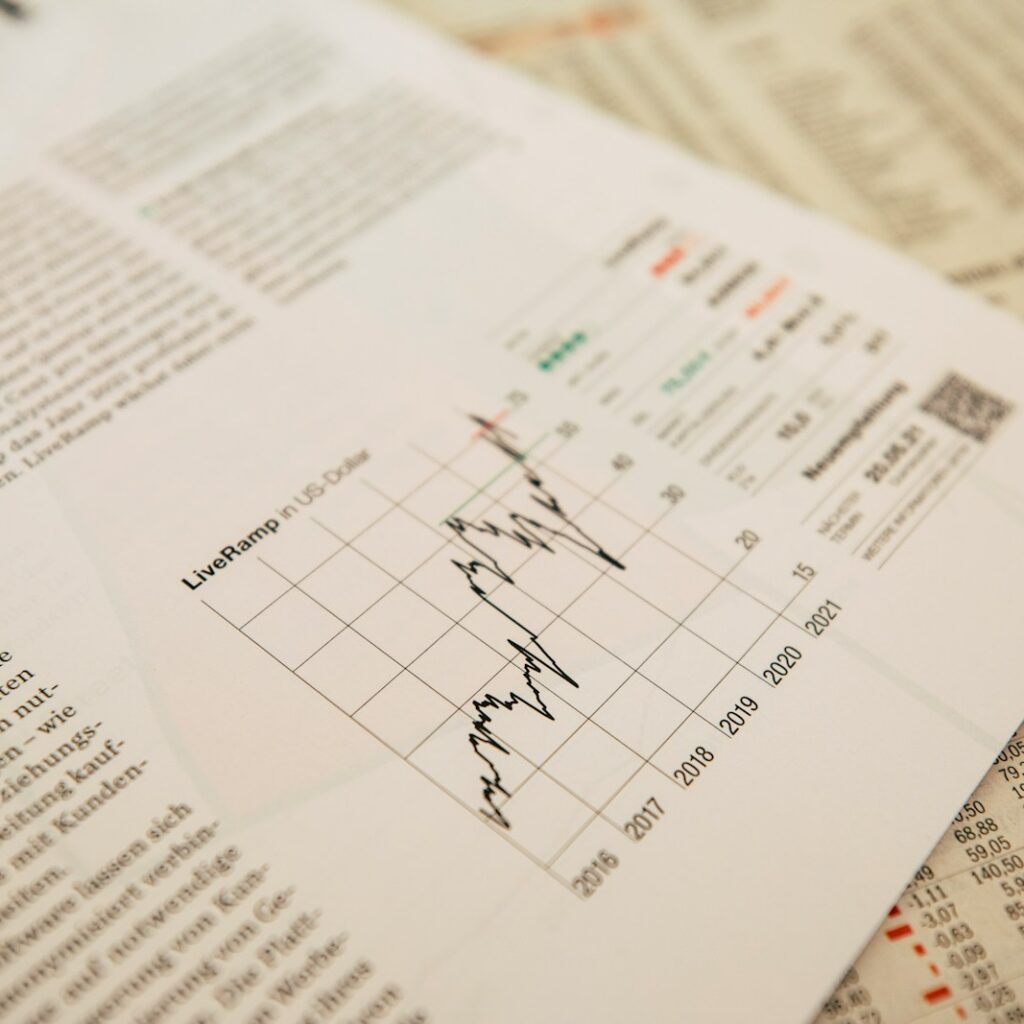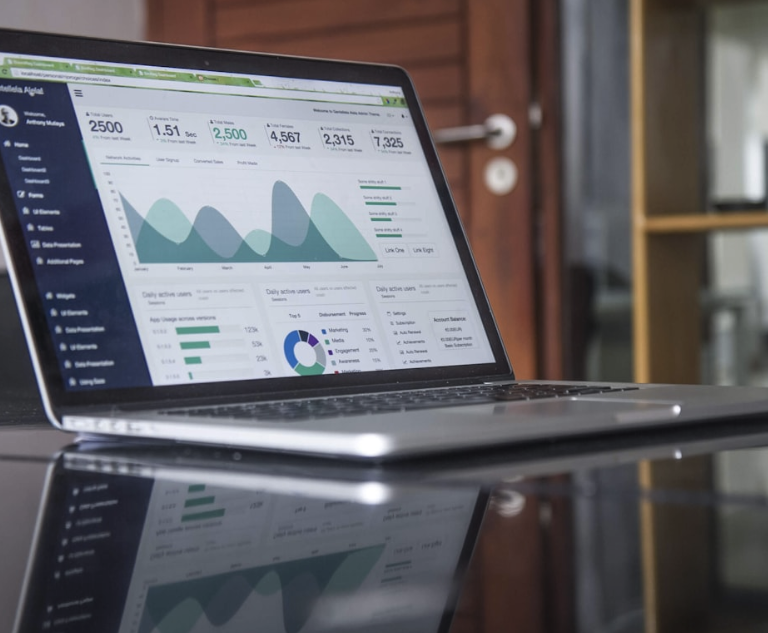
In today’s data-driven financial landscape, the ability to extract actionable insights from vast amounts of information is crucial for making informed decisions. Financial data analysts rely on cutting-edge tools and technologies to analyze complex datasets and uncover trends that drive strategic decision-making. Among these tools, those infused with artificial intelligence (AI) have emerged as powerful allies, offering advanced capabilities for data processing, analysis, and visualization.
In this article, we explore a comprehensive list of AI data analysis tools tailored specifically for financial reporting. From traditional platforms enhanced with AI features to innovative solutions designed to streamline data interpretation, these tools empower analysts to extract valuable insights, predict future trends, and optimize financial forecasts. Each tool listed below represents a unique approach to leveraging AI for financial analysis, providing professionals with the means to navigate the complexities of today’s financial landscape with confidence and precision.
AI Tools for Financial Data Analytics
- Tableau: While not specifically an AI tool, Tableau integrates AI-powered analytics features for advanced data visualization and analysis, including predictive analytics and forecasting.
- Power BI: Similar to Tableau, Power BI offers AI-powered features for data visualization and analysis, allowing financial analysts to derive insights from large datasets.
- Alteryx: Alteryx provides a platform for data blending, advanced analytics, and predictive modeling, enabling financial analysts to automate data processing tasks and perform complex analyses.
- Qlik Sense: Qlik Sense leverages AI and machine learning to offer augmented analytics capabilities, enabling users to explore and visualize data intuitively for better financial decision-making.
- Sisense: Sisense incorporates AI technologies to facilitate data preparation, analysis, and visualization, empowering financial analysts to uncover insights and trends in their financial data.
- IBM Cognos Analytics: IBM Cognos Analytics offers AI-powered analytics features, including natural language processing (NLP) for querying data and automated pattern recognition for financial analysis.
- Looker: Looker provides a data analytics platform with AI-driven capabilities for exploring and analyzing financial data, allowing users to gain actionable insights and make informed decisions.
- Domo: Domo integrates AI and machine learning to deliver insights from financial data in real-time, enabling financial analysts to monitor key metrics and trends efficiently.
- ThoughtSpot: ThoughtSpot offers an AI-driven analytics platform that allows financial analysts to search and analyze their data using natural language queries, enabling faster decision-making.
- RapidMiner: RapidMiner provides a data science platform with AI capabilities for building predictive models and conducting advanced analytics on financial data.
- Pyramid Analytics: Pyramid Analytics offers an enterprise analytics platform with AI-driven features for financial reporting, data visualization, and predictive analytics.
- SAS Visual Analytics: SAS Visual Analytics incorporates AI and machine learning algorithms to enable financial analysts to explore, visualize, and analyze their data for actionable insights.
- TIBCO Spotfire: TIBCO Spotfire offers advanced analytics and data visualization capabilities with AI-driven features for financial analysis and reporting.
- DataRobot: DataRobot provides an automated machine learning platform that allows financial analysts to build predictive models and optimize decision-making processes using AI.
- Microsoft Azure Machine Learning: Azure Machine Learning offers AI and machine learning tools that enable financial analysts to develop predictive models and gain insights from financial data.
These tools offer a range of AI-driven features and capabilities for financial analysis, including data visualization, predictive analytics, natural language processing, and automated pattern recognition, empowering financial analysts to extract valuable insights from their data and make informed decisions.
Conclusion
As financial markets continue to evolve and grow in complexity, the role of AI data analysis tools becomes increasingly indispensable for modern financial analysts. From simplifying data processing tasks to enabling predictive modeling and real-time decision-making, these tools offer a myriad of benefits that drive efficiency and accuracy in financial reporting.
By harnessing the power of AI-driven analytics, financial analysts can uncover hidden patterns, identify emerging trends, and mitigate risks more effectively than ever before. As such, investing in these advanced tools not only enhances the capabilities of individual analysts but also strengthens the overall competitiveness and resilience of financial institutions in an ever-changing market landscape.
In conclusion, the integration of AI data analysis tools into financial reporting processes represents a significant step forward in unlocking the full potential of financial data. As the technology continues to evolve, so too will the capabilities and insights it provides, empowering financial analysts to navigate the complexities of today’s markets with unparalleled precision and foresight.






